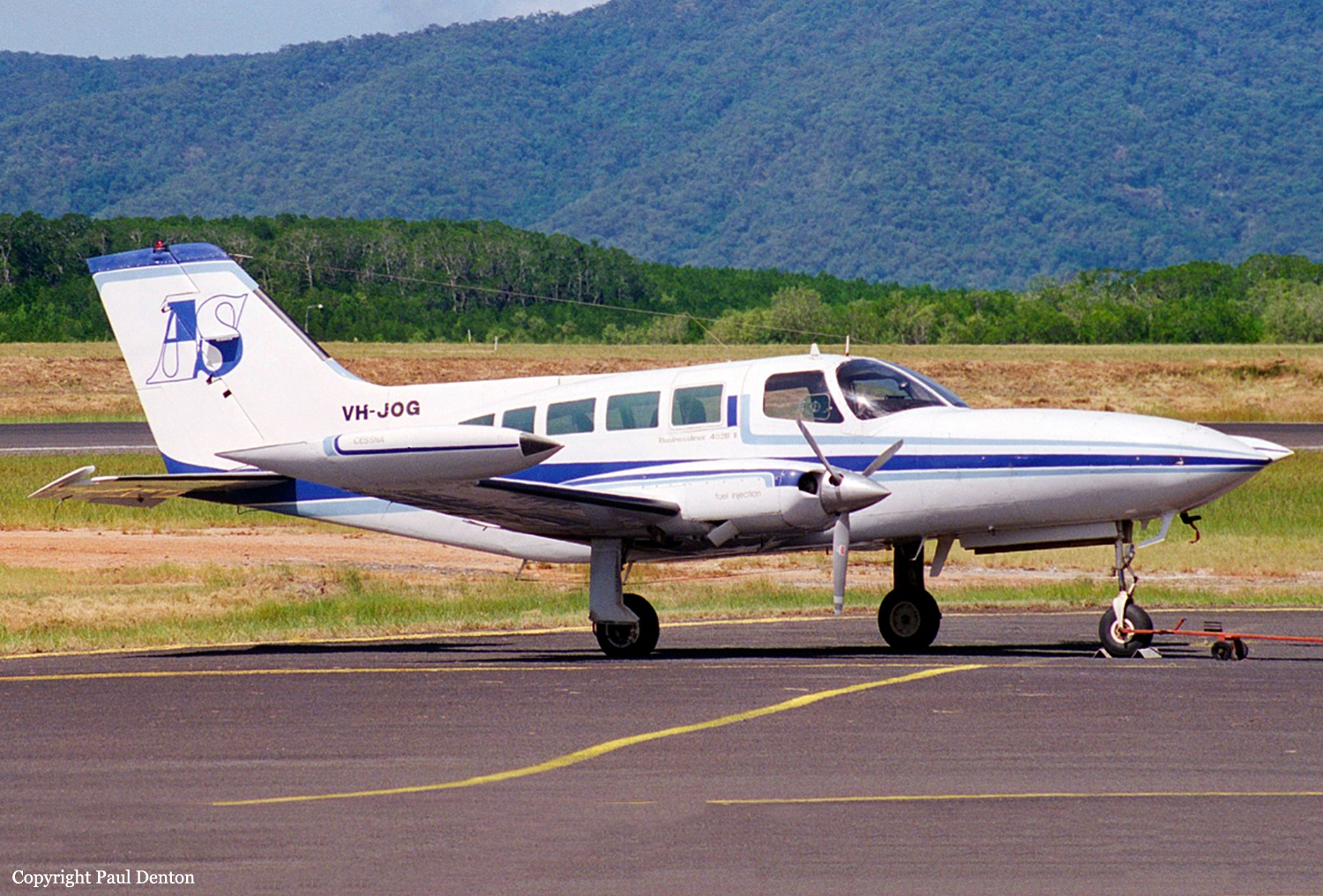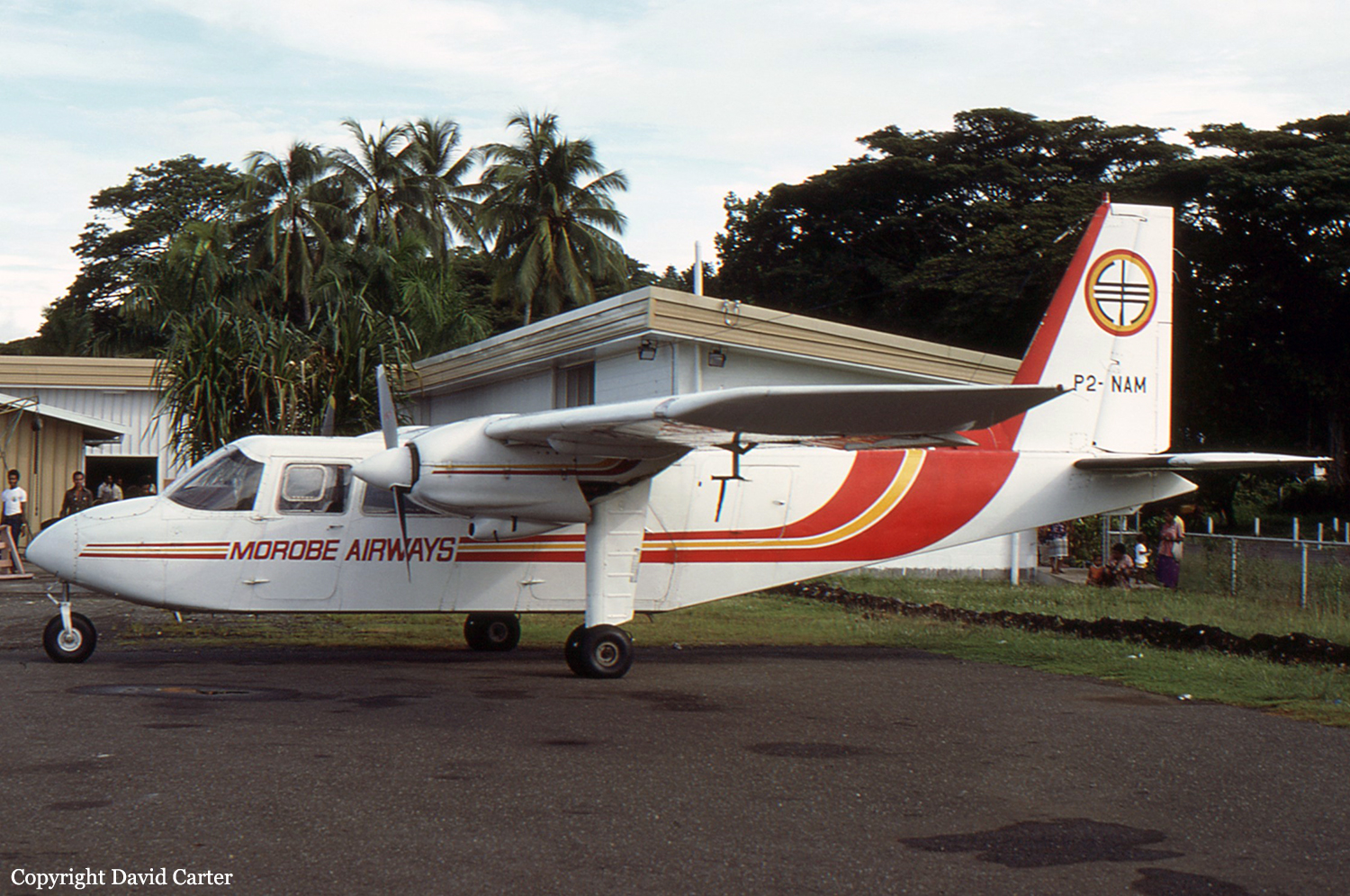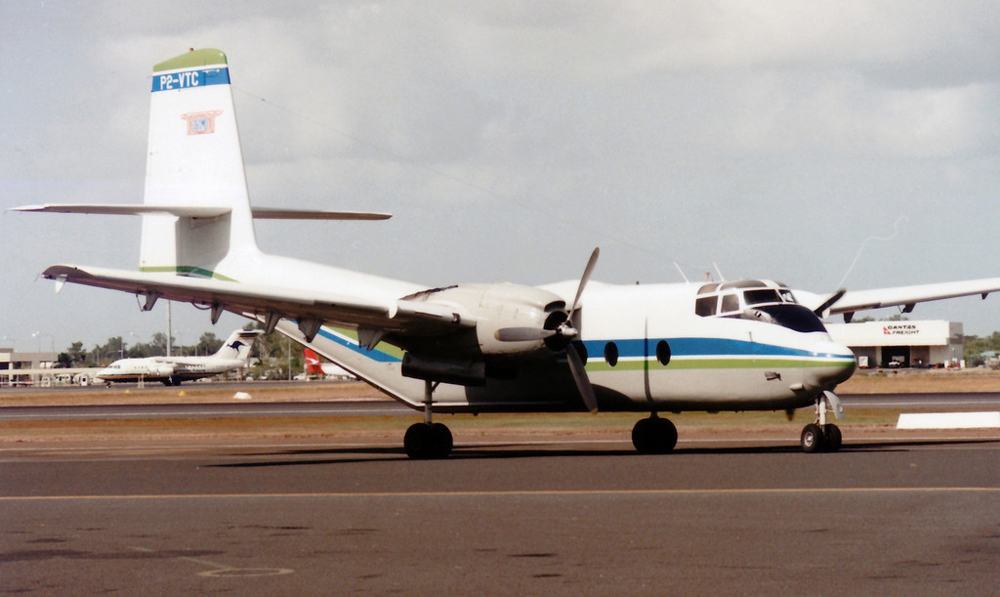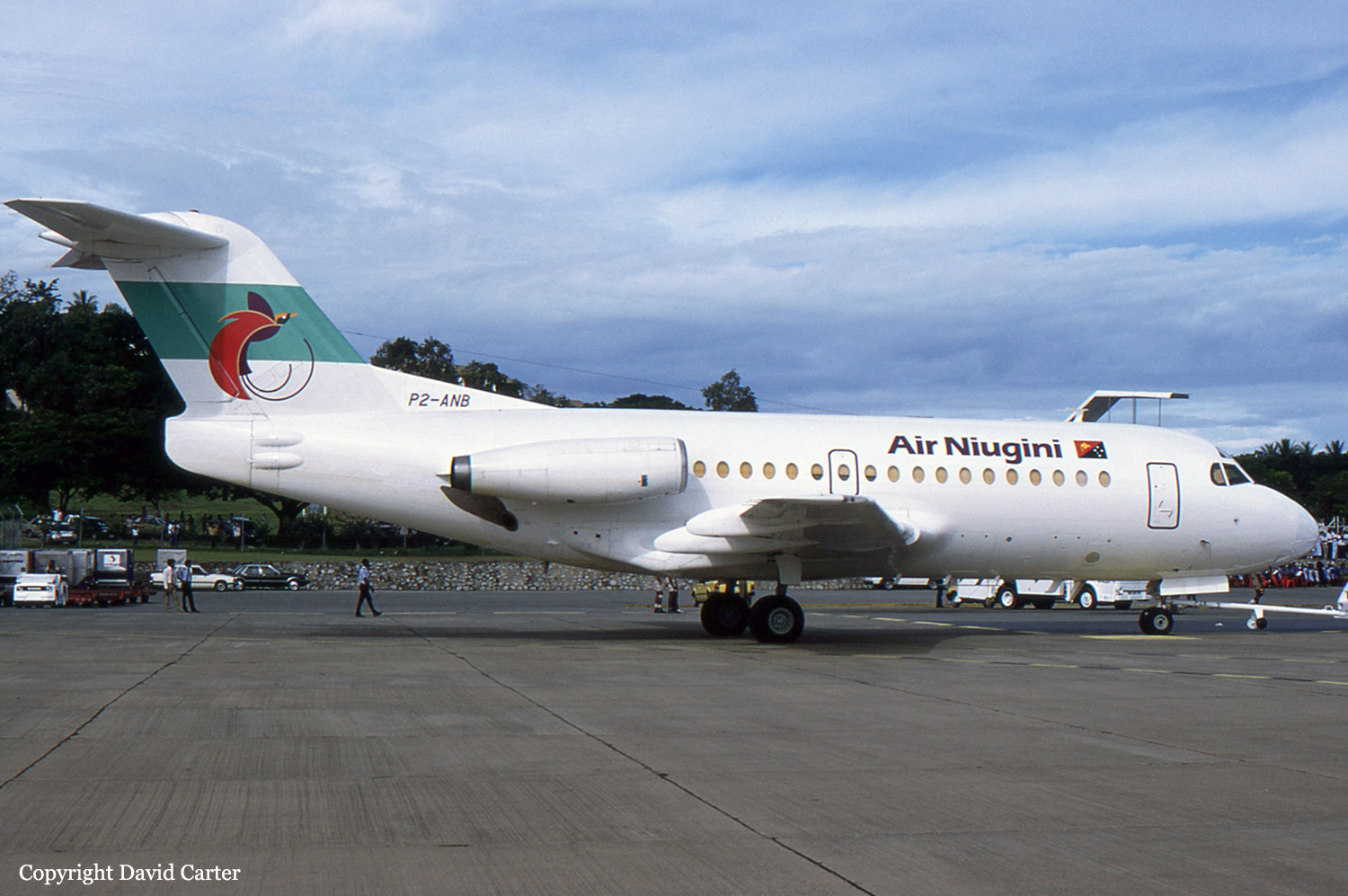Crash of a De Havilland DHC-6 Twin Otter 300 in Mendi: 20 killed
Date & Time:
Jul 9, 1996 at 1630 LT
Registration:
P2-MBB
Survivors:
No
Schedule:
Bosavi – Mendi
MSN:
290
YOM:
1970
Crew on board:
2
Crew fatalities:
Pax on board:
18
Pax fatalities:
Other fatalities:
Total fatalities:
20
Circumstances:
While approaching Mendi Airport, the crew encountered poor weather conditions with limited visibility due to rain falls. At an altitude of 9,200 feet, the twin engine aircraft struck the slope of a mountain located 8 km from the runway threshold. The aircraft disintegrated on impact and all 20 occupants were killed.
Probable cause:
Controlled flight into terrain while descending in poor visibility.






